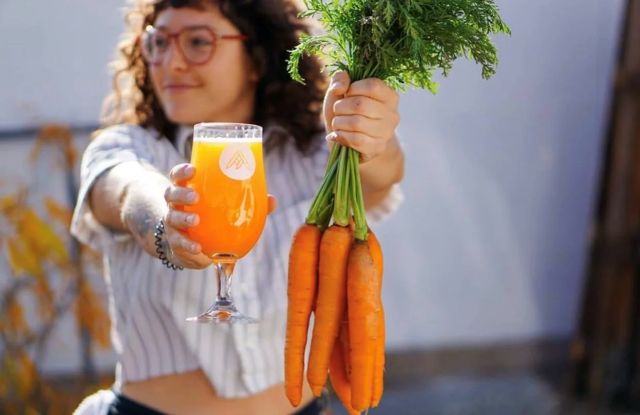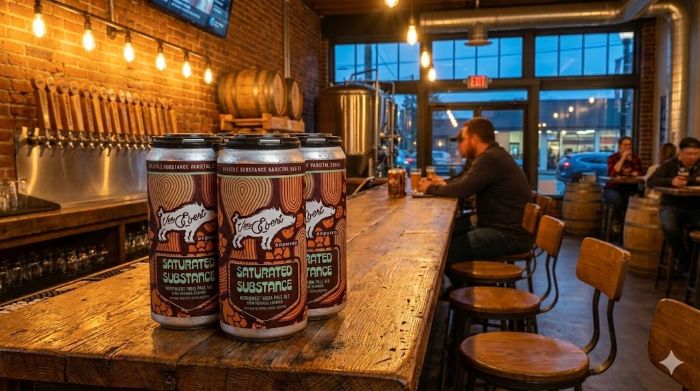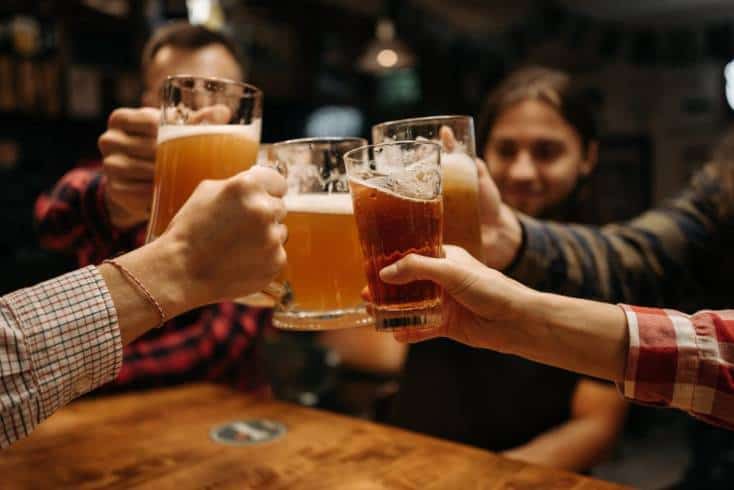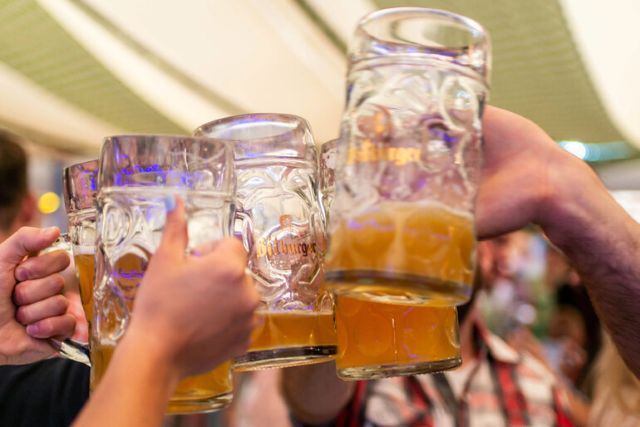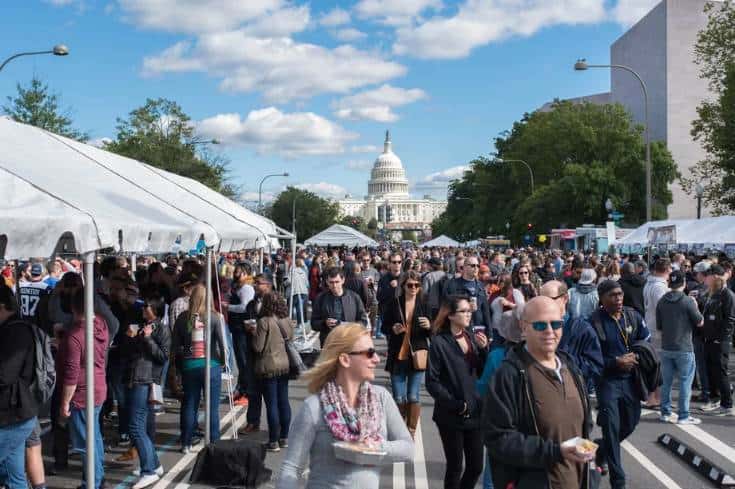From Biergartens to Izakayas: Global Beer Traditions Students Share on Campus
From Biergartens to Izakayas: Global Beer Traditions Students Share on Campus

When students of various nationalities meet on campus, they come with more than books and laptops. They introduce cultures that have been influenced over centuries by their specific cultures in terms of their celebration, socializing, and interactions with other people. Beer traditions fall in this context, but there are ceremonial and casual customs, and each one tells a tale of its origin. These traditions distinguish between the happening beer gardens of Germany and the spare izakayas of Japan and talk about how beer is used to make connections and community. At least on campuses and in the local taprooms, these traditions make social life richer and introduce possibilities of cross-cultural understanding.
Beer customs tend to develop in their new scholastic environment. Students will customize recipes to produce with what is available, plan events that intertwine new and old traditions with campus regulations, and transform certain gatherings into fundraisers or educational lessons. In such a way, a mix of heritage and innovation is achieved as the campus spaces are turned into a platform where tastes, traditions, and shared experiences are celebrated.
The Cultural Significance of Beer
Beer has become a societal glue over thousands of years in neighborhood festivals, religious get-togethers, and day-to-day social meetings. In others, it is associated with farming seasons, and particular drinks are produced to celebrate harvests or holidays. In some of them, it is a way of saying welcome; a drink to a guest is an act of greeting.
On campus, these meanings do not end up being lost. Students can develop small batches to celebrate a national holiday, or students can have tasting evenings with their friends where they are allowed to taste the stylistic beers of their regions of origin. Such events are not purely acts of socialization but possibilities to reveal the cultural and historical background of each of the beers, which results in an exchange that is not limited by the way of taste in any way.
Global Examples of Beer Traditions Students Share
Students often present their country’s brewing customs not only through tastings and gatherings but also in research projects that analyze cultural significance. When assignments require structured formatting and precise citations, some even look for help to do my math homework to meet course requirements. This academic side of cultural sharing adds depth to the more social aspects of campus life.
Germany: The Biergarten Spirit
The all-German students tend to replicate the causal setting of beer gardens that have been in existence since the 19th century in Bavaria. They create huge wooden tables on campus greens or in the student club rooms, offer you a pretzel to nibble on, and fill up a large stein with golden beer. The priority is communicating and relating as opposed to rapidity and volume. Music, mostly folk music or acoustic guitar, is finally added to make a scene and turn a familiar campus place into a pocket of European exoticism. In colder months, the indoor variants have warm, glowing lights as well as warming drinks and food that may include sausages or potato salad.
Artesana de Cerveceros Belgium
Belgian beer culture dates back many centuries of craftsmanship, and students who study in Belgium typically bring the same sense of artistry when sharing Belgian tradition with others studying there. On campus, this can be in the form of workshops or guided tastings and involves a person exploring the complexity of the Trappist ales, the bright tartness of lambics, and the delicate floweriness of saisons. Such sessions are not merely a celebration of flavors but a cultural ambassador of Belgian beers because they bring out the heritage and Brewing philosophy of Belgian brewing, especially when beer week returns to highlight these timeless traditions. Students running programs will also match beers with chocolates or cheeses, as they all say Belgium has a culinary heritage. Brewing clubs are exposed to these contributions, which offer details on the process of fermentation and the part that aging plays in formulating beer flavour.
Japan: Social Rituals in Izakayas
Japanese beer culture is focused on etiquette, group harmony, and respect. Students are served in a recreated atmosphere of an izakaya restaurant furniture, small servings of such dishes as edamame or karaage, and referring to a custom to pour a drink for others and not to themselves. Even expressions such as kampai are learned, and cultural explanations of hierarchy and politeness are provided. Alcohol free versions of these gatherings still follow the same format, providing a welcoming means through which students can develop a familiarity with Japanese dining culture as well as language and interpersonal skills.
Mexico: Festive Cervezas
Mexican beer traditions are inseparable from celebration. On campus, these might take the form of themed fiestas during national holidays like Día de la Independencia, complete with mariachi music, vibrant decorations, and popular dishes such as tacos al pastor. Students often showcase regional beers, sometimes paired with chili-lime rims or mixed into micheladas. The lively atmosphere draws in students from many backgrounds, and the events double as cultural education, explaining the significance of certain songs, dances, and food pairings in Mexican festivities.
Adapting Traditions to Campus Rules
The consumption of alcohol in most universities, more so in residential ones, is controlled by some policies. Young people with a desire to preserve their culture invent their own approaches. Other organizers provide alcohol-free parties of English festivals, sauces, and beverages that contain no alcohol, but resemble the original tastes.
There is also the tendency to concentrate on the education aspect. A student from Belgium can conduct a presentation on the science of yeast and fermentation. A group of Germans may arrange a lecture on a historical issue of beer laws, like Reinheitsgebot. These methods do not break the campus regulations, but leave cultural interaction living.
Beer Traditions as a Form of Soft Diplomacy
Sharing beer customs can act as a form of cultural diplomacy on a small scale. It breaks down stereotypes and builds personal connections. A student might attend a Belgian beer tasting with little knowledge of brewing, yet leave with an appreciation for centuries-old methods and the stories behind them.
Hosting or attending such events also teaches patience, respect, and curiosity. Beer knowledge and traditions often involve slow enjoyment, attentive listening, and a willingness to learn. These are transferable skills that benefit students in academic collaborations and later in their careers.
Sustainability in Student Brewing
With universities bringing in increasingly more international students, beer traditions will only become more varied. Virtual reality events would help the students to immerse themselves in international festivals, and interdisciplinary courses could combine the science of brewing with cultural courses. Connection, respect, and storytelling are at the center of these traditions. Whether it is the pinch of non-alcoholic malt beverage out of a mug or the carefully made drink up in a mug, the inclination to share cultural experiences like this brings people closer; it bonds the society and leaves a mark on people.
From Festivals to Classrooms: Beer as Culture
With universities bringing in increasingly more international students, beer traditions will only become more varied. Virtual reality events would assist the students in deepening their experience in international festivals, and cross-disciplinary courses could be related to the science of brewing and its integration with the cultural courses. The focus of these traditions is on connection, respect, and storytelling. Just as it is the pinch of the non-alcoholic malt beverage in a mug or the carefully brewed drink in a mug, the tendency to share a culture such as this gets people closer; it unites the society and leaves an imprint on people.

